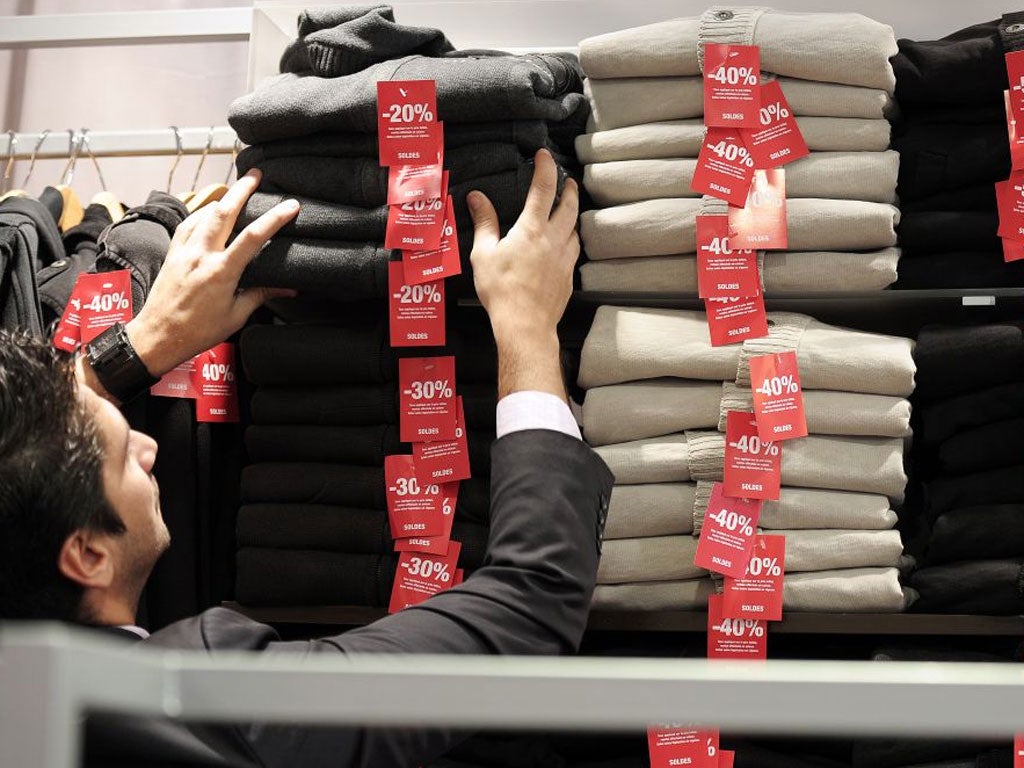Editorial: Time to rethink the high street
We do not want to end up, as much of America has done, with sterile suburbs

Your support helps us to tell the story
From reproductive rights to climate change to Big Tech, The Independent is on the ground when the story is developing. Whether it's investigating the financials of Elon Musk's pro-Trump PAC or producing our latest documentary, 'The A Word', which shines a light on the American women fighting for reproductive rights, we know how important it is to parse out the facts from the messaging.
At such a critical moment in US history, we need reporters on the ground. Your donation allows us to keep sending journalists to speak to both sides of the story.
The Independent is trusted by Americans across the entire political spectrum. And unlike many other quality news outlets, we choose not to lock Americans out of our reporting and analysis with paywalls. We believe quality journalism should be available to everyone, paid for by those who can afford it.
Your support makes all the difference.The high street as we know it is dead, according to Bill Grimsey, the former retailer. He exaggerates for effect, but he is right to point out that the way people shop is changing fast and that the pace of change demands new thinking from town planners, retailers and the providers of public services.
Mr Grimsey, who is working on alternative uses for empty shops, has a different vision from that of Mary Portas, a rival retail consultant whose government-backed project to revitalise the high street has had limited success.
While we do not agree with all of Mr Grimsey's ideas, we think he is right about two big things. One is that the old high street is disappearing, and that attempts simply to "revive" it are bound to fail because they go against the grain of social change. The other is that new thinking is needed, and that ideas that might seem outlandish should be considered with an open mind.
That said, we are a little sceptical about Mr Grimsey's notion of "stockless shops" in which customers will browse "high definition touchable holograms", which will allow them to feel the fabric of clothes. It sounds like a Star Wars version of Argos. However, that computers and mobile phones have transformed shopping cannot be denied. From the moment, at the turn of the century, when the first Tesco delivery driver knocked on the door of the first internet grocery shopper, it should have been obvious that things would never be the same again.
As we report today, the paradox is that, at a time when this country is so land hungry, 40,000 shops – 14 per cent of all retail outlets – are empty. Mr Grimsey has stepped into this vacuum of the national imagination with bright ideas for filling these spaces with schools, libraries and new kinds of social gatherings. And he also identifies the central question, which is how to keep the idea of high streets as social centres, where people meet and do things that might include shopping.
The success of Westfield's giant malls illustrates how high streets could be turned into what are fashionably called destinations: if shops, restaurants and cinemas are all in one traffic-free place, people will come. To create a similar, if less hermetically sealed, attraction in traditional streets, however, requires integrated planning.
A radically different approach, that of the "pop-up town centre", was reported by our sister newspaper The Independent yesterday. It is an idea for creating public spaces where people can meet or hang out without paying £2 for a cup of coffee. It is the opposite of the "fake" public space created by Westfield, according to Tom James, organiser of the experiment.
The Independent on Sunday agrees with Eric Pickles, the Secretary of State for Communities and Local Government, that we should let a thousand flowers bloom – including, preferably, actual flowers. Since our weather means that the cheery piazzas of warmer climes do not work year-round here, social hubs such as the new Birmingham Library, opening this week, break new ground.
We do not want to end up, as so much of America has done, with mile after mile of sterile suburb, whence residents drive to air-conditioned malls, with no sense of place or people in between. But the way to avoid that fate is to think more imaginatively about high streets and public spaces, rather than trying to re-create the early closing days and queues at the butchers of yesteryear.
Join our commenting forum
Join thought-provoking conversations, follow other Independent readers and see their replies
Comments